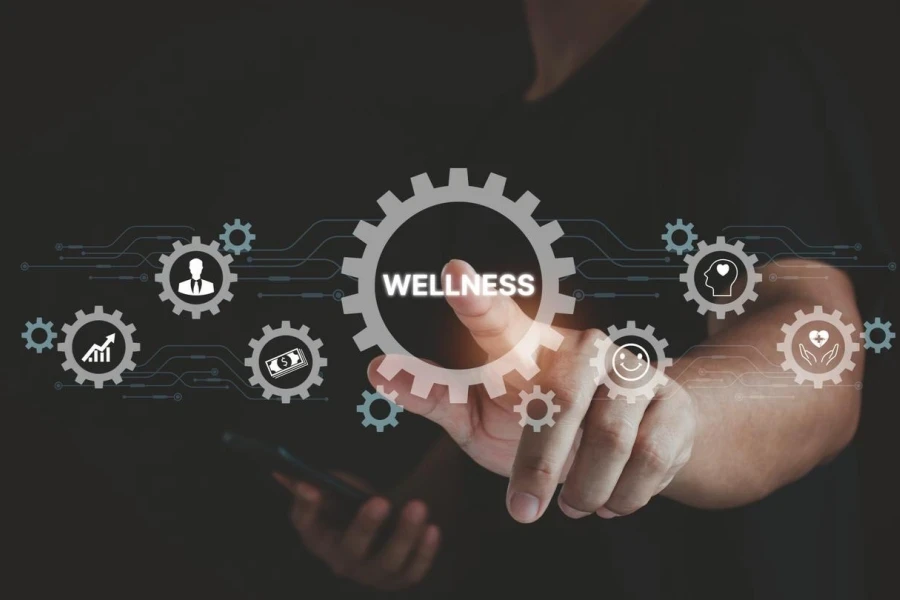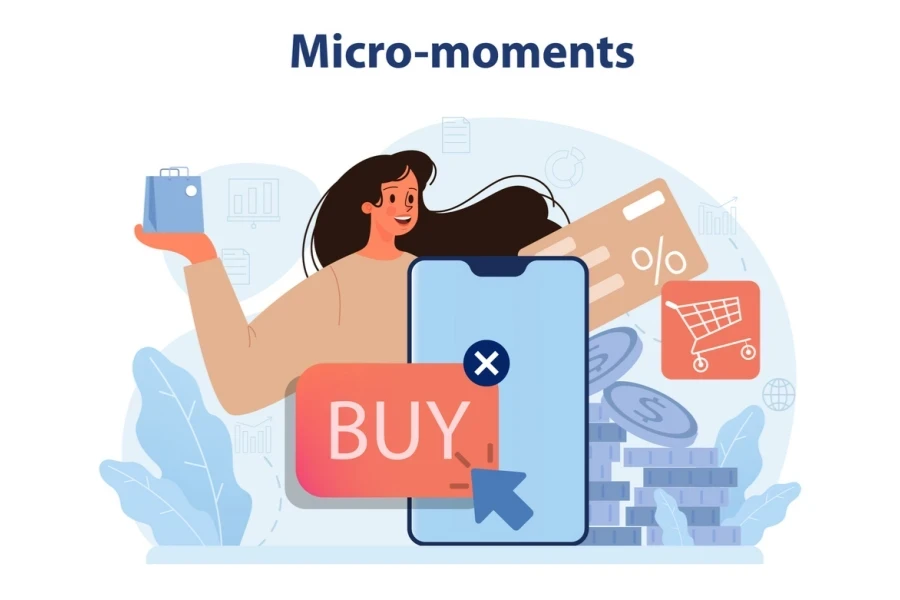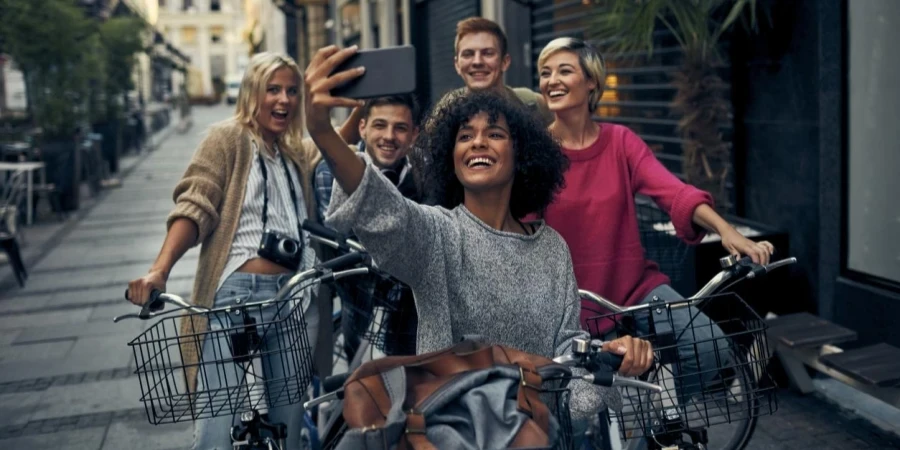Table of Contents
Introduction: The Millennial Paradox
Chapter 1: The Rebirth of IRL — Why Physical Stores Are the New Social Media
Chapter 2: Radical Transparency — From Supply Chains to Soul-Searching
Chapter 3: Health as a Trojan Horse — The Rise of Stealth Wellness
Chapter 4: The Glimmer Economy — Micro-Moments, Macro Impact
Conclusion: The Loyalty Equation
Introduction: The Millennial Paradox
“We don’t buy products; we buy passports to the lives we aspire to live.”
— Anonymous Millennial, 2024 WGSN Focus Group
In an era where inflation bites and digital fatigue looms, Millennials (aged 26–41) are orchestrating a retail revolution that defies conventional logic. They splurge on luxury handbags to signal status, yet boycott brands over a single Instagram post about unethical sourcing. They chase TikTok-viral products for instant gratification but demand carbon-neutral supply chains. This generation isn’t just shopping—they’re curating identities. To survive, brands must abandon transactional thinking and embrace what we call “values alignment.”
Chapter 1: The Rebirth of IRL — Why Physical Stores Are the New Social Media

Data Insight
While e-commerce thrives, Millennials are flocking back to brick-and-mortar stores—but not for the reasons you’d expect. In 2024, their in-store spending rose by 5.2% in the UK and 11.9% in the US, according to WGSN Barometer. Behind these numbers lies a rebellion against algorithmic predictability. When every Instagram ad feels eerily tailored, physical spaces become the last frontier of unscripted discovery.
Case Study: Glossier’s “Offline Algorithm” Stores
In 2023, Glossier reimagined retail with its “Offline Algorithm” concept. Stores use RFID chips to track customer movement, creating dynamic, personalized pathways. For example, a customer who frequently buys gender-neutral skincare enters the London flagship, triggering ambient lighting shifts to muted tones and AR mirrors displaying tutorials by non-binary influencers. The result? A 37% increase in dwell time and 22% higher basket diversity (Glossier Q1 2024 Earnings Report).
Key Takeaway: Physical stores must evolve from inventory showrooms to “editable experience scripts”—spaces where serendipity is engineered, not accidental.
Chapter 2: Radical Transparency — From Supply Chains to Soul-Searching

Data Insight
29% of Millennials prioritize environmental commitments when choosing brands (WGSN 2024). But greenwashing is a one-way ticket to cancellation. This cohort doesn’t just want sustainability claims—they want receipts.
Case Study: Patagonia’s “Footprint Chronicles 2.0”
Patagonia’s 2024 supply chain overhaul allowed customers to scan a QR code and trace a product’s journey from organic cotton farms to their doorstep. The kicker? It included anonymous worker satisfaction scores. When the system revealed overtime violations at a Vietnamese factory, Patagonia recalled 12,000 jackets, compensated workers, and publicly apologized. Despite a 14% stock dip, Millennials rallied with the #BuyBackPatagonia campaign, driving a 23% sales rebound within three months (Forbes, April 2024).
Key Takeaway: Transparency isn’t a marketing buzzword—it’s a cycle of “confess, correct, and communicate.”
Chapter 3: Health as a Trojan Horse — The Rise of Stealth Wellness

Data Insight
60% of Millennials prioritize health (4% above the general population), yet reject being labeled the “wellness generation.” They seek solutions that feel effortless, not elitist.
Case Study: Nike’s “Unwell Collection”
Nike’s 2024 “Unwell” line flipped wellness culture on its head. Hoodies embedded with biometric sensors vibrate to remind wearers to rest after an hour of activity. Socks cheekily declare, “Skip the Marathon, Take a Nap.” The campaign’s TikTok hashtag, #ProudlyUnwell, amassed 230 million views, with 68% of buyers aged 27–39 (Nike Consumer Insights, 2024).
Key Takeaway: Health messaging must ditch perfectionism. Millennials crave “anti-optimization”—products that celebrate balance, not extremes.
Chapter 4: The Glimmer Economy — Micro-Moments, Macro Impact

Trend Connection
Aligned with WGSN’s “Glimmers” trend—tiny sparks of joy in chaotic times—brands are leveraging micro-interactions to build macro loyalty.
Case Study: Starbucks’ “Mood Lid” Controversy
Starbucks’ 2024 smart lid used saliva biomarkers to detect stress levels, triggering LED color changes (blue = calm, red = energized) and unlocking curated playlists. While 37% of users called it “magical,” privacy watchdogs slammed it as “biometric surveillance.” Starbucks pivoted swiftly, making the feature opt-in and localizing data storage. Post-crisis, app engagement rose by 19% among Millennials (Starbucks Sustainability Report, 2024).
Key Takeaway: In the Glimmer Economy, brands must tread the tightrope between “delight” and “data ethics.”
Conclusion: The Loyalty Equation

Millennial loyalty no longer hinges on price or quality alone. The new formula is:
(Values Alignment + Experience Uniqueness) ÷ Ethical Compromises
To solve this equation, brands must become:
- Scientists: Harness data to decode ever-shifting desires.
- Poets: Craft narratives that turn products into proxies for identity.
- Monks: Embrace radical honesty, even when it hurts.
In this game, the only losing move is to assume you’ve figured Millennials out. As one 33-year-old respondent told WGSN: “We’ll love you tomorrow for what you stand for today—but only if you actually stand for it.”




